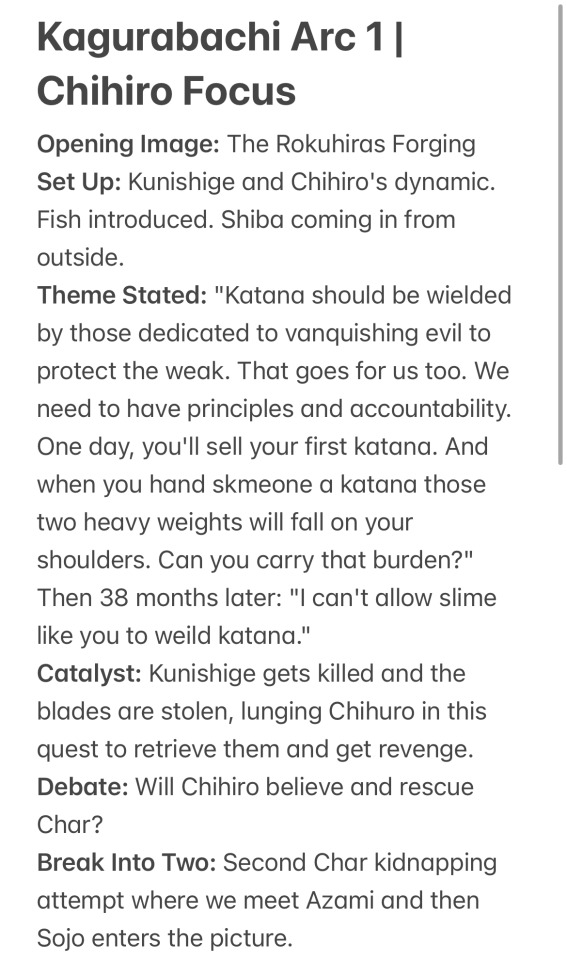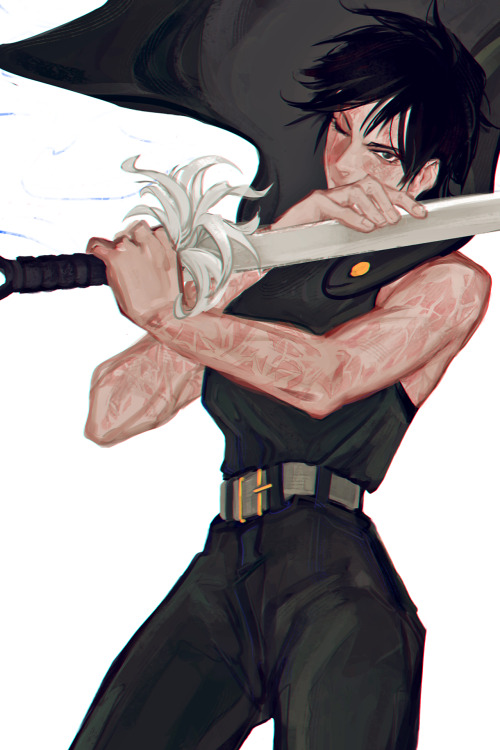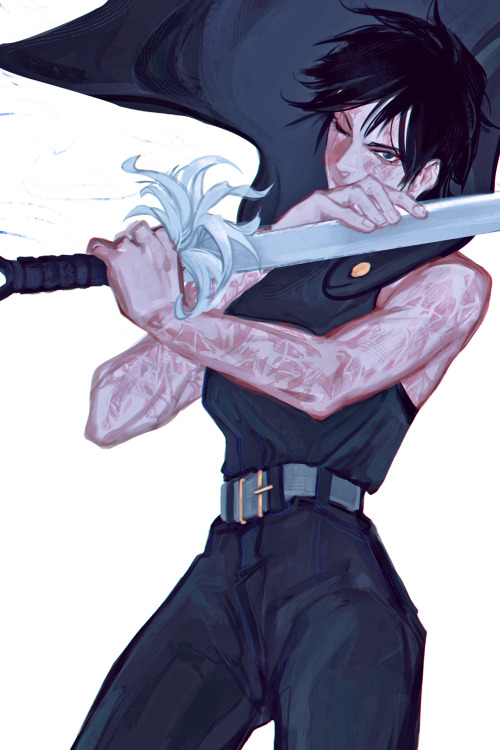Kissinger.
Kissinger.

US bombs dropped on Laos, 1964-1973. [Map published in article: Rosita Boland. "Death from below in the world's most bombed country." The Irish Times. 13 May 2017. Though map first uploaded on Redd/it by Andrew Gloe, as u/AJgloe, 12 September 2016.]

US bombs dropped, 1965-1972. [Map and animation by: Ha Pham. "Vietnam bombing history with data - Part 1." Medium. 4 November 2018.]
Laos. From 1964 to 1975, the US dropped over 2 million tons of bombs, equating to over 250 million bombs/ordinances. By some estimates, this averages as: full plane load of bombs dropped on Laos every 8 minutes, 24 hours a day, for 9 years. After the official end of the US military campaigns, US bombs on the ground continued to kill dozens of people every year for decades; the bombs still maim today, as over 80 million unexploded bombs/munitions still remain on the ground in Laos.
Cambodia. Kissinger was architect of the "Secret War", which the US president initially tried to hide from the public. Beginning in 1969, the US dropped over 2 and a half million tons of bombs at over 112,000 sites; over 11,000 sites were bombed indiscriminately. Most estimates suggest that US bombing of Cambodia directly resulted in hundreds of thousands of civilian deaths. On 17 March 1969, when the president's office received news of the first bombings in Cambodia, Nixon's chief of staff wrote in his diary: "Historic day K's [Kissinger's] 'Operation Breakfast' finally came off at 2:00 pm our time. K really excited, as is P [President]." The next day he added: "K's 'Operation Breakfast' a great success. He came beaming in [...]."
More Posts from Taikonaut-kaskara and Others
how people even manage to get sucked into viral post discourse on this site is beyond me my page is like a constant stream of megaman occasionally interrupted by someone complaining about a post apparently everyone else has seen and is angry about judging by the notes. I like it this way though being able to just opt out of nonsense by culling my feed in a way I cant on twitter.
I owe you an apology Hokazono, I wasn't familiar with your game...
Kagurabachi's Popularity: Familiarity Through Structure
Having a degree in writing and media is so fun because I can write an essay on why Kagurabachi can be defined as well written through craft standards and attribute its popularity overseas to its structure, which is framed similarly to western movies.
And I am!
After this interview confirmed that Takeru Hokazono, author of Kagurabachi, is a huge fan of western films, I went back to this idea I was playing with in October when KB had less than ten chapters. I had been reading since day one, and I knew it was good, and other overseas fan knew it was good. But what made it so good to us, overseas?
I made a quick thread on it on my Twitter account (that I never posted) where I mentioned Blake Snyder's Save the Cat book on script writing and story structure. I also brought up characterization and how it would've been really popular in my comic book class from undergrad. This thread discussed both Chihiro and Sojo, and the quick yet steady pace of the manga has given us more characters and moments to pinpoint. To not overwhelm myself, I'm not going to discuss the craft of characterization (maybe another time), and I'm not going to do a beat sheet for Sojo. For now, I'll try to stay under the first arc to map out why Kagurabachi has so far moved like a high budget film in manga form. So, spoilers ahead!
A quick lesson on Save the Cat, its three main characteristics are: Three act structure Fifteen plot beats Mostly applied to American Hollywood films
One of the biggest things I noticed right away was the resemblance a lot of the chapters, even the story as a whole, had to Snyder's beat sheet. This beat sheet that comes from Snyder's book is somewhat of an industry standard, so a lot of movies, even those that preceded Snyder, go through this structure of Act 1, 2, and 3. Snyder just identified the parts and broke them down to fifteen beats. Plus he dubbed the save the cat moment:
A decisive moment in which a protagonist demonstrates they are worth rooting for. Having the protagonist save a cat can be literal or figurative.
This was something KB needed and did have to have us warm up to Chihiro who post time skip, just gave gloomy orphan energy in the previous chapters. Here, Char would be our cat. Chihiro chose to save Char and chose to protect her, and continued to fight for her until she was rescued. He made this choice even before it's revealed that Char's mother died for her, something that would parallel Chihiro. This is what got readers to see him three dimensionally after being introduced to him. He's still the caring little 14 year old we saw at the start, who continues to take care of the innocent despite the tragedy he's been through. It is only natural for us to care for him, too.

Above are the fifteen beats of Save the Cat and although KB on occasion doesn't hit all fifteen exactly as specified, especially final image as it's continuing, the song and dance is quite similar. Here are examples of The Dark Knight (2008) and Inglourious Basterds (2009), two movies that have inspired Hokazono's work.
Before Chihiro meets Char, we get his opening image of him and his dad forging which is works well as the entire story revolves on the consequences of them creating weapons. We get the set up to his world where he lives with his dad who made famous katanas that wield the power to end a war. The theme is stated, and it's not kept a secret: The katanas they make are weapons made to kill people. Are they willing to carry the burden? In another variation of this question, is Chihiro willing to carry the burdens unintentionally passed down by his father?
The catalyst is his father's murder that catapults him into seeking revenge and recover the katanas.
Now, for the rest of the story, this structure can be applied to the first 18 chapters or even 1-3 chapters at a time which in my opinion, is kind of insane. There's story telling inside the story telling, and these moments are both subtle and grand, signs of a strong and captivating writer. Hollywood would kill for a script like this these days. In order to get you to believe me how prominent these beats are, I'm going to do arc one and Daruma's story. The main story line should be around act one and two right now as of chapter 20, if we want to get down into it, but if anything, this feels like it's moving like a second "movie."




Overall, this structure that comes from Hollywood movies can be identified in multiples parts of Kagurbachi's storytelling. I was going to do beat sheet's for Char and Sojo's stories as well, but I think this is enough of an example of a bigger picture versus smaller. Although other mangas also fall into three act structures, as most story telling does, KB masterfully uses the 15 beats to its advantage. I believe the familiarity of this pace is what hooked oversea audiences, and aside from that, the characters that quickly capture us.
Very quickly, because I don't want to make this about characterization, Chihiro is well written through his past, who he chooses to kill and save, his dialogue that can be surprisingly vulnerable at times, and his cool façade that melts because of how hot he truly runs. He is also straight up a badass. We get handed Char's background in an "all is lost" segment as well as some lore that can present her as a resource for the main cast. We see Azami's phone background photo that's minimum 3+ years old- a government employee with a soft spot for his friends, one who he is still clearly grieving. We get one tiny yet so fucked up bit of Sojo when we see him get a flashback where he's a child and his single dialogue of "I truly love Kunishige Rokuhira," that launched his type of villainy in the maniacal fanboy category. Who does it like that? Nobody but Takeru Hokazono.
Thank you for reading this essay! I do have two other essays drafted, one on Sojo's possible return (I'm a delusional Sojo fan) and just his overall significance and impact as the first villain even if he doesn't return, and on Hiyuki plus servant leadership versus self service.




Oh yeah I am so normal about Trigun









Testament art pile I have so far 🥰🥰 🥰🥰
This creatively bankrupt content loop of Star Wars content we're stuck in strongly damaged my connection to this series but every now and then there's a project that pulls me back in reminding me how much I really love this series' potential. I watched Visions s2 with my brother and seeing the cultural influences from the diverse group of studios and unique stories had me enthralled. Ofc they're only short self contained stories, but it feels like each one taps into the creative potential of the SW verse in a way that we aint get to see often.











idk i can’t decide on color makix2
full ↓↓↓
Keep reading
Stealing houses and committing genocide are not good for one’s mental health, apparently.

Turnabout Grimace

maya
dont repost reblogs ok
-
 aengelyman liked this · 1 month ago
aengelyman liked this · 1 month ago -
 sweetsourhellrider liked this · 1 month ago
sweetsourhellrider liked this · 1 month ago -
 omgherbalicious liked this · 3 months ago
omgherbalicious liked this · 3 months ago -
 strixle liked this · 5 months ago
strixle liked this · 5 months ago -
 howljenkn liked this · 6 months ago
howljenkn liked this · 6 months ago -
 churels liked this · 7 months ago
churels liked this · 7 months ago -
 demichrising liked this · 10 months ago
demichrising liked this · 10 months ago -
 dumplinghotbox liked this · 1 year ago
dumplinghotbox liked this · 1 year ago -
 krourou2 liked this · 1 year ago
krourou2 liked this · 1 year ago -
 imsobraindead liked this · 1 year ago
imsobraindead liked this · 1 year ago -
 withbriefthanksgiving liked this · 1 year ago
withbriefthanksgiving liked this · 1 year ago -
 red-signal liked this · 1 year ago
red-signal liked this · 1 year ago -
 depresassy liked this · 1 year ago
depresassy liked this · 1 year ago -
 dinotuesday liked this · 1 year ago
dinotuesday liked this · 1 year ago -
 woundsacrality liked this · 1 year ago
woundsacrality liked this · 1 year ago -
 p-r-i-n-c-e-x liked this · 1 year ago
p-r-i-n-c-e-x liked this · 1 year ago -
 marleens-diary liked this · 1 year ago
marleens-diary liked this · 1 year ago -
 brokkoli-hedge liked this · 1 year ago
brokkoli-hedge liked this · 1 year ago -
 specshroom liked this · 1 year ago
specshroom liked this · 1 year ago -
 aelia-aelia liked this · 1 year ago
aelia-aelia liked this · 1 year ago -
 love4yrself liked this · 1 year ago
love4yrself liked this · 1 year ago -
 pinkwhite liked this · 1 year ago
pinkwhite liked this · 1 year ago -
 datuizm liked this · 1 year ago
datuizm liked this · 1 year ago -
 l-extraordinaire liked this · 1 year ago
l-extraordinaire liked this · 1 year ago -
 ruidoazul liked this · 1 year ago
ruidoazul liked this · 1 year ago -
 yubabaswife liked this · 1 year ago
yubabaswife liked this · 1 year ago -
 xiaomaodejiao liked this · 1 year ago
xiaomaodejiao liked this · 1 year ago -
 theresamooseinmybathtub liked this · 1 year ago
theresamooseinmybathtub liked this · 1 year ago -
 spilling-soul liked this · 1 year ago
spilling-soul liked this · 1 year ago -
 grunch-me-up liked this · 1 year ago
grunch-me-up liked this · 1 year ago -
 andromedyke liked this · 1 year ago
andromedyke liked this · 1 year ago -
 supernovakirby liked this · 1 year ago
supernovakirby liked this · 1 year ago -
 itstokkii liked this · 1 year ago
itstokkii liked this · 1 year ago -
 clementine-peach liked this · 1 year ago
clementine-peach liked this · 1 year ago -
 mali-umkin liked this · 1 year ago
mali-umkin liked this · 1 year ago -
 captain-fanatic liked this · 1 year ago
captain-fanatic liked this · 1 year ago -
 rpfhater liked this · 1 year ago
rpfhater liked this · 1 year ago -
 alternianpersonaficaition liked this · 1 year ago
alternianpersonaficaition liked this · 1 year ago -
 viduatenebrarum liked this · 1 year ago
viduatenebrarum liked this · 1 year ago -
 pasparal liked this · 1 year ago
pasparal liked this · 1 year ago -
 aw-dag liked this · 1 year ago
aw-dag liked this · 1 year ago -
 keyesy liked this · 1 year ago
keyesy liked this · 1 year ago -
 hugglydawg liked this · 1 year ago
hugglydawg liked this · 1 year ago -
 thatmilliemania liked this · 1 year ago
thatmilliemania liked this · 1 year ago

19 》 They/Them 》 Evil Sorcerer Nigga Wielding Swords And Darkness 》 Mech pilot for the imperial IDGAF forces 》 transfem 》 Studying mandarin 》
173 posts

